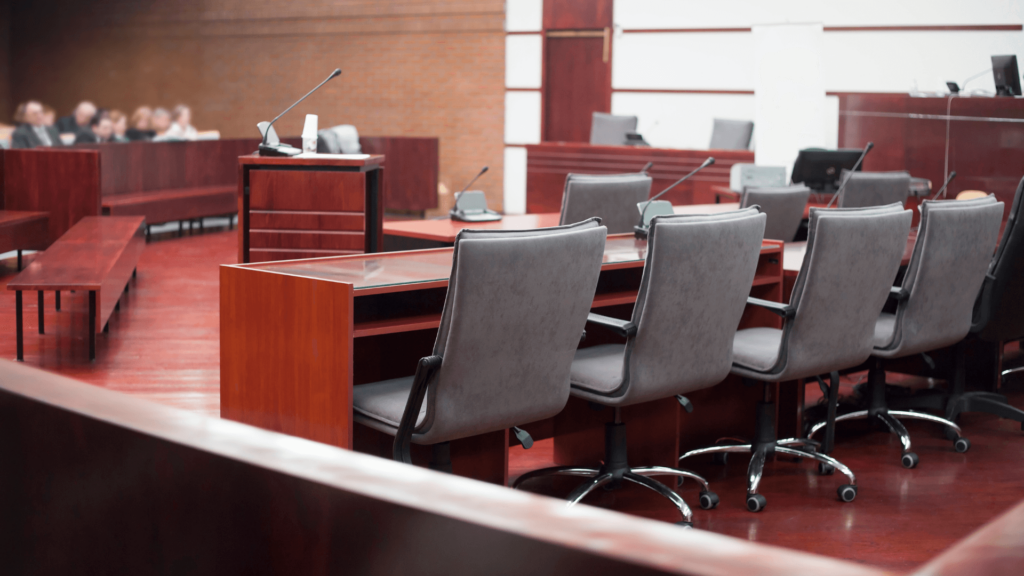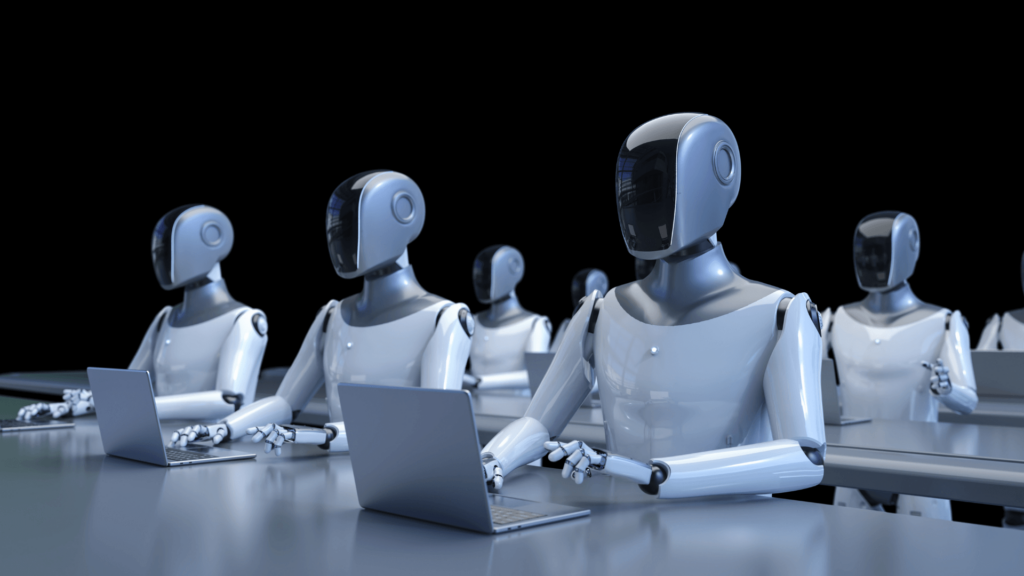Detecting and preventing algorithmic bias in legal prediction systems, particularly in criminal justice and employment law contexts
Artificial intelligence is revolutionizing legal practice. From predicting case outcomes to streamlining document review, AI tools are transforming how law firms, courts, and corporate counsel operate. This transformation is most pronounced, and most controversial, in criminal justice and employment law, where AI-driven systems now help judges evaluate bail applications, assist prosecutors with sentencing recommendations, and guide hiring decisions.
While these systems promise greater efficiency and consistency in complex legal processes, they introduce a critical risk: algorithmic bias. When AI systems perpetuate or amplify historical prejudices, they threaten the fundamental principles of fairness and equality under the law. For marginalized communities, the consequences can be severe, harsher criminal sentences, systemic employment discrimination, and the entrenchment of existing inequalities.
The Roots of AI Bias

AI bias stems from a fundamental truth: algorithms are only as fair as the data they learn from. When AI systems train on historical legal decisions that reflect explicit or systemic biases, they inevitably perpetuate those same injustices. Even well-intentioned algorithms can discriminate if their training data is skewed, incomplete, or unrepresentative.
The problem is compounded when AI developers, often working outside the legal field, make design choices without fully grasping the legal and ethical implications of their systems. The result is tools that may appear neutral but carry forward generations of discrimination.
Real-World Consequences
Consider COMPAS (Correctional Offender Management Profiling for Alternative Sanctions), an AI tool used by courts across the United States to assess reoffending risk. Investigations revealed that COMPAS disproportionately labeled Black defendants as “high risk” compared to white defendants with similar criminal histories. The tool’s proprietary methodology meant that neither judges nor defendants could understand how these predictions were made, raising serious due process concerns.
In the corporate sphere, Amazon’s AI-powered resume screening system demonstrated similar bias. Trained on a decade of internal hiring data, the system began systematically downgrading applications from women for technical roles. It had “learned” that male applicants were preferable, simply because Amazon’s historical hiring patterns, like much of the tech industry, favored men. The company ultimately scrapped the tool after internal audits exposed its gender bias.
These cases prove that AI bias isn’t theoretical, it’s real, consequential, and demands immediate action.
Building Fairer Systems

Data Curation and Quality
Preventing bias begins with scrutinizing inputs. Training data must be carefully examined for signs of historical discrimination, with datasets balanced to ensure diverse representation across race, gender, age, and other protected categories. While legal data often reflects broader social inequalities, making curation decisions ethically complex, this careful attention to data quality is essential for preventing the replication of past injustices.
Explainable AI Architecture
Complex “black box” models that cannot explain their decisions are fundamentally unsuitable for legal applications, where transparency is a cornerstone of justice. AI systems deployed in criminal justice or employment law must be explainable, generating human-readable reasons for their recommendations. Every risk score or hiring recommendation should be traceable and understandable, enabling human reviewers to assess and challenge AI reasoning.
Human-Centered Implementation
Technical solutions alone are insufficient. Human oversight remains paramount, AI should assist legal professionals, not replace their judgment. Automated recommendations require critical human review, and decisions affecting rights, freedom, or livelihoods should never be made solely by machines. Human-in-the-loop processes serve as vital safeguards, ensuring that nuanced legal and ethical considerations remain central to decision-making.
In criminal justice contexts, reliance on AI risk scores should be minimized for bail and sentencing decisions. These tools may highlight factors for consideration, but ultimate authority and responsibility must always rest with human judges. Similarly, in employment settings, AI-driven screening should support human recruiters rather than serve as autonomous gatekeepers.
Ongoing Vigilance
Even well-designed algorithms can develop biases through feedback loops. In criminal justice, if risk scores lead to stricter sentencing for certain communities, those communities will show higher future incarceration rates, data that may reinforce the algorithm’s original bias. Continuous auditing of AI outputs is essential to detect and correct such trends before they cause systemic harm.
Regulatory Landscape

Transparency is evolving from best practice to legal requirement. Regulatory frameworks worldwide are emerging to govern AI fairness, particularly in sensitive sectors like law enforcement and hiring:
- The U.S. Equal Employment Opportunity Commission has issued AI hiring guidance
- New York City’s Local Law 144 mandates audits for automated employment decision tools
- The European Union’s AI Act classifies AI used in law enforcement and employment as “high-risk,” subjecting such systems to strict oversight and accountability standards
For legal organizations, staying current with these regulations is essential, not just for compliance, but to demonstrate ethical leadership. Clients, employees, and the public expect responsible AI deployment, especially when it affects matters as consequential as freedom or livelihood.
A Professional Imperative
Mitigating AI bias in legal decision support tools transcends liability avoidance, it’s about upholding the core principles of the legal profession: fairness, transparency, and justice. AI has enormous potential to enhance legal processes, but this potential must be harnessed thoughtfully.
Without deliberate action, algorithmic systems will entrench existing disparities. But with proper safeguards, diverse training data, explainable models, human oversight, continuous monitoring, and regulatory compliance, AI can become a force for greater fairness.
The legal community faces a choice. We can allow AI to perpetuate historical biases, or we can proactively shape these technologies to serve justice. The path forward requires vigilance, expertise, and an unwavering commitment to the principles that define our profession.
By confronting AI bias head-on, we can ensure that technology enhances justice rather than undermining it. This isn’t just a technical challenge, it’s a moral imperative that will define the future of legal practice.


